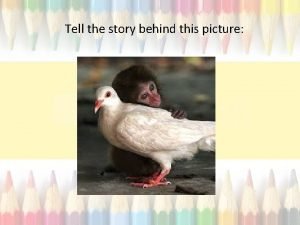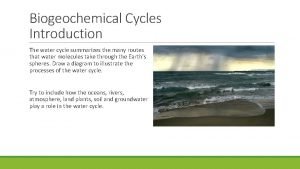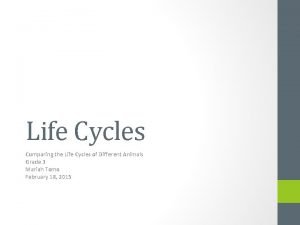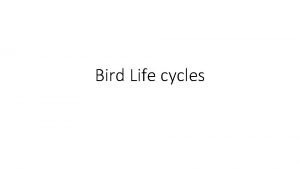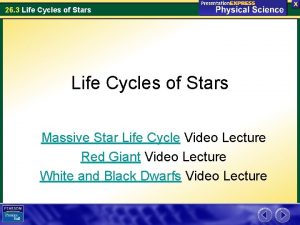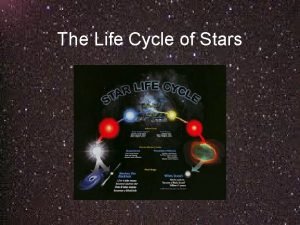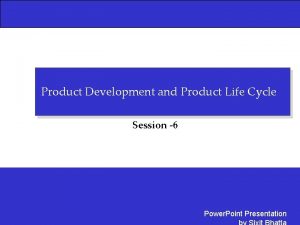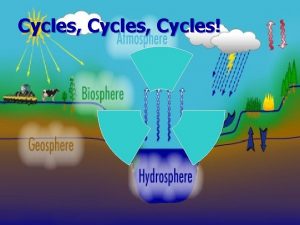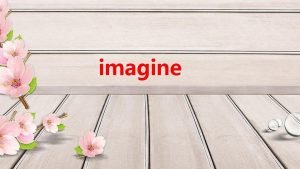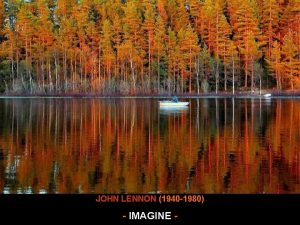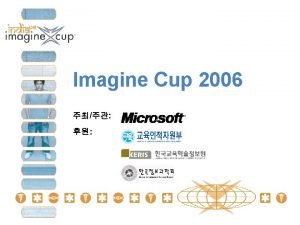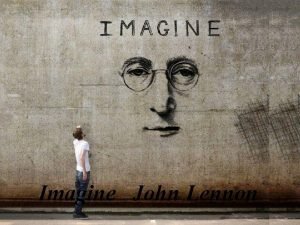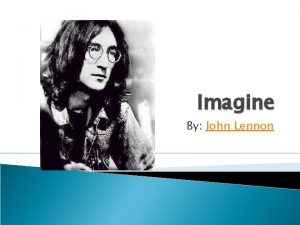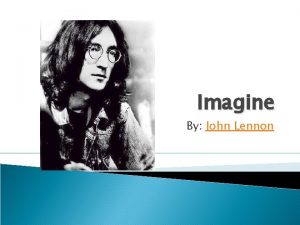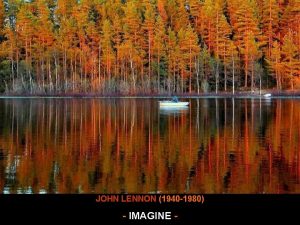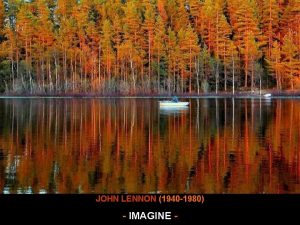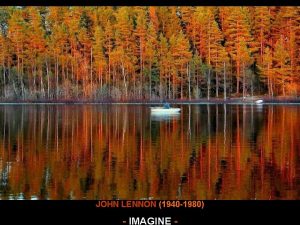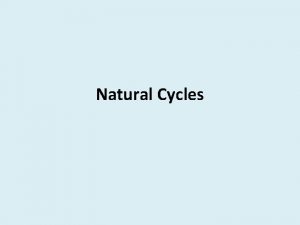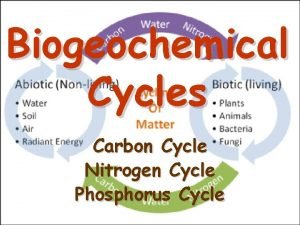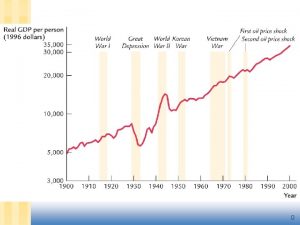LIFE CYCLES Life Cycle v Can you imagine















- Slides: 15

LIFE CYCLES

Life Cycle: v. Can you imagine if humans were born as full grown adults? Thankfully, we are born as infants and slowly go through stages before reaching adulthood. These stages are called a life cycle. v“A life cycle is defined as the developmental stages that occur during an organism's lifetime. A life cycle ends when an organism dies. ”

Life Cycle of Animals/Humans:

Stages: v. Birth… when born from the mother's womb or when developed inside an egg v. Growth… Before reaching the sexual maturity or adult age, animals pass through a growing stage. v. Reproduction… Animals reproduce in a sexual or asexual way. v. Death… After aging, animals end their life cycle by dying.

Reproduction: ◦ Reproduction (or procreation or breeding) is the biological process by which new individual organisms – "offspring" – are produced from their "parents".

From Seed to Seed in Plants: v Seed stage v Germination v Growth v Reproduction v Pollination v Spreading seeds

From Seed to Seed in Plants:

From Egg to Egg with chicken: ◦ Poultry Reproductive System the reproductive system of female poultry has two ovaries and two oviducts. ◦ The right ovary and oviduct do not function. Only the left ovary and oviduct produce eggs. The ova produced in the ovary develop into egg yolks.

Five Parts of Oviduct: v. Funnel - receives the yolk from the ovary. The sperm cells that the chicken receives from the male are stored here. v. Magnum - secretes the thick white of the egg. It takes approximately three hours for the thick white to be placed around the yolk in the magnum. v Isthmus - The yolk and thick white move from the magnum into the isthmus, where two shell membranes are placed around the yolk and thick white. This process takes approximately 1¼ hours. v Uterus - In the uterus, the thin white and the outer shell are added to the egg. The egg remains in the uterus about 20 hours. v Vagina - From the uterus, the egg moves into the vagina. The egg stays here only a short time after which it is laid. It takes about 25 to 27 hours for a chicken to produce one egg.

Four Factors in Incubating Egg: v Temperature should be maintained at 99 to 103°F v Humidity should be about 60 % during the first 18 days and 70 % during the last 3 days. v Oxygen - Sufficient air exchange to prevent carbon dioxide buildup. v Egg rotation - Eggs should be rotated two to five times daily for the first 18 days.

From Frog to Frog:

From Butterfly to Butterfly: ◦ Lepidoptera is the term for the scientific order that includes moths as well as butterflies.

The Egg The Larva

Pupa(chrysalis Adult Butterfly

 Story behind this picture
Story behind this picture If you can imagine it you can achieve it
If you can imagine it you can achieve it If you think you can you can poem
If you think you can you can poem Can you imagine how i felt
Can you imagine how i felt Life without color
Life without color Biogeochemical cycles performance task
Biogeochemical cycles performance task You cant manage what you dont measure
You cant manage what you dont measure If you can't measure it you cannot improve it
If you can't measure it you cannot improve it If you cant measure it you can't manage it
If you cant measure it you can't manage it Goldene bilanzregel
Goldene bilanzregel My tippet – only tulle –
My tippet – only tulle – Bill nye the science guy life cycles
Bill nye the science guy life cycles How many eggs do kiwis lay
How many eggs do kiwis lay Section 26.3 life cycles of stars
Section 26.3 life cycles of stars Protostar phase
Protostar phase Style fashion and fad life cycles
Style fashion and fad life cycles
